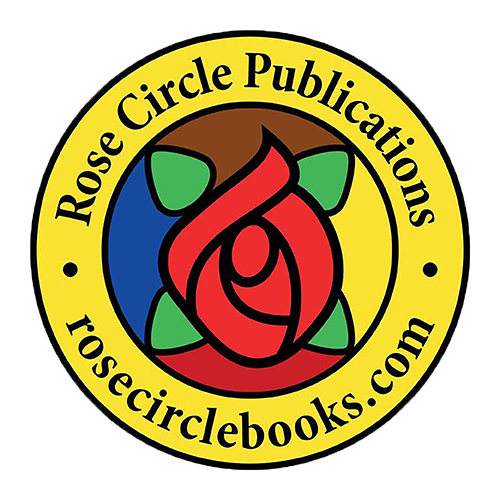Pierre-André de Grainville was an initiate of Martinez (Martinés) de Pasqually, the eighteenth-century founder of the Élus Coëns, an ascetic order of mystics and exorcists.
As he progressed through the Order's ranks, de Grainville kept handwritten records of his theurgical operations. His notes are not a complete Coën grimoire and collection of catechisms but a snapshot of the Order's original rituals in a state of transition.
Available in hardcover and in paperback.
"The de Grainville Manuscripts [manuscrits d'Alger] have been translated a number of times, sometimes partially, sometimes inaccurately, but never as completely as this. M.R. Osborne has already gained a reputation as a foremost exponent on the work of Pasqually, and his previous translations of seminal works associated with Pasqually's Order have demonstrated both his depth of understanding and his ability to provide us with accurate English renderings of these important works."
Piers Vaughan, Primate of the Apostolic Church of the Golden & Rosy Cross
The de Grainville Manuscripts
This work is of significant importance and beautifully reproduces both the original manuscripts and directly represents what Pierre-André de Grainville (1728-1794) wrote (and, most valuably, deleted).
The contents have been faithfully reproduced and directly translated, including the many deletions and annotations of the specific numbers referred to throughout the document. This is the most ‘completely incomplete' version achievable.
Why is this so important? The well-intentioned ‘revival' of the Élus Coën by Robert Ambelain was assembled from incomplete source documents, using the spiritual transmission and lineage passed on via the secret Chevalier Profès and Grand-Profès grades of the Rite Écossais Rectifé of Willermoz, which continue to be preserved within some of the regular masonic iterations of French Freemasonry.
In these manuscripts, de Grainville clarifies his experiences with, and practical comments upon, the ritual work incumbent upon the Élus Coën practitioner in his encounters with discarnate beings. This is of the most outstanding value to a practitioner, as the writings of de Grainville bridge the years between the original iteration and the reconstructed Coën orders today.
Purchase Book
Publisher's Website
"This edition of les manuscrit de Grainville stands alone in its genuine value and greatest utility to understanding the Élus Coën. The series of primary Coën documents that this completes reflects the devotion given to this most verifiably accurate edition of extant Coën material, which is of the greatest value to the practising Coën and those interested in eighteenth-century theurgy alike. "
Dr. Matt Fletcher, Sovereign Grand Master of the Allied Masonic Degrees of Canada
Join My Mailing List
Join the mailing list today to hear about upcoming books and lectures. If you have any questions on my books on Rosicrucianism, contact me by email author@mrosborne.co.uk.
This site is protected by reCAPTCHA and the Google
Privacy Policy and
Terms of Service apply.









